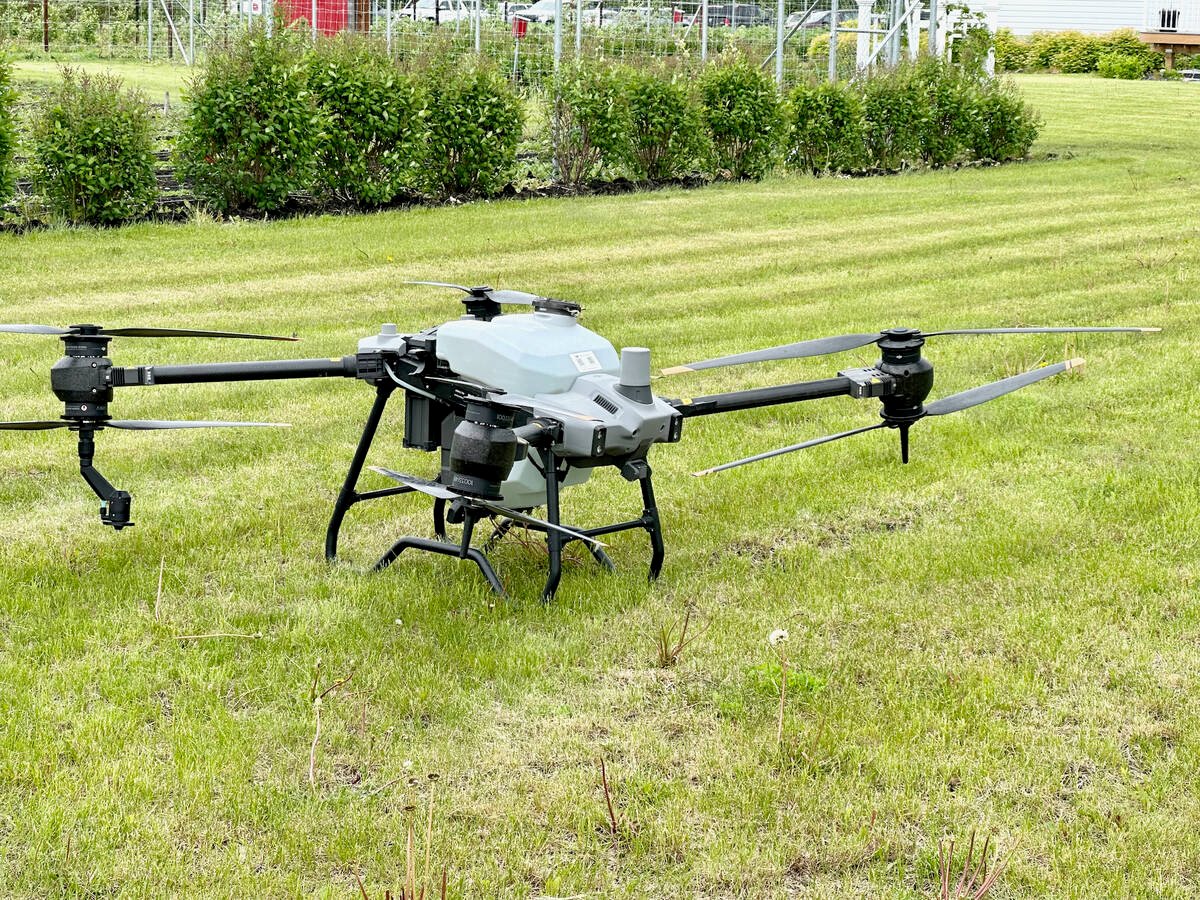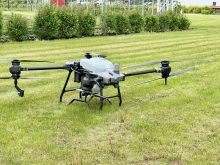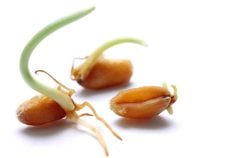MELFORT, Sask. – Representatives of the pulse industry feel they are making headway in their struggle to obtain a larger share of federal research dollars.
Officials with Pulse Canada and Saskatchewan Pulse Growers Association met with agriculture minister Lyle Vanclief on July 17 during his tour of drought-stricken regions of the Prairies.
It was one of a series of meetings in which the industry has been lobbying the minister for more federal funding for pulse crop research.
Pulse Canada chair Germain Dauk thinks the talks are beginning to bear fruit. He said Vanclief has given them verbal commitments that more help is on the way.
Read Also

Canadian Food Inspection Agency red tape changes a first step: agriculture
Farm groups say they’re happy to see action on Canada’s federal regulatory red tape, but there’s still a lot of streamlining left to be done
“We’re certainly not asking for more than our share,” said Dauk, during a July 19 interview at a field day at Agriculture Canada’s Research Farm in Melfort, Sask.
He said Ottawa has been slow to react to the changing face of agriculture. The $4.5 million that Agriculture Canada spends on pulse research represents only two percent of its $206 million research budget.
It’s time the federal government realized that pulse crops account for 15 percent of the realized net income for prairie farmers, said Dauk.
Vanclief appears to be aware of this research funding inequity. In an interview after his speech at a recent international pulse conference in Vancouver, he said Agriculture Canada needs to play a bigger role in pulse research.
Dauk said Pulse Canada is preparing a research strategy. The preliminary version of that report will be presented to the minister in the next month.
Two things it will be pushing for are more pulse breeders and a new field lab in Saskatoon.
There is only the equivalent of half a lentil breeder and half a chickpea breeder working in Canada, compared to 35 chickpea breeders in India.
The Crop Development Centre research team that surrounds those breeders are crowded into the University of Saskatchewan’s crop science field lab, which was built in 1972.
The pulse industry also wants a co-ordinated approach among governments and research institutions to discourage turf protection, foster co-operation, and eliminate duplication of research activities.
“We’re not saying put a lot more money into it, but just do it smarter and in a more efficient way,” said Dauk.
He would also like to see quasi-governmental institutions like the Canadian Grain Commission and the Canadian International Grains Institute devote more time to pulse crop research.
Dauk hopes the federal government will respond to the report by fall.















